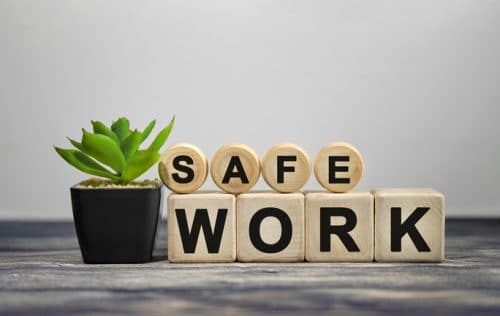
There are many accidents on the job that could have been prevented if the right rules were followed. OSHA does a lot to try and prevent accidents but do their guidelines on scaffolding go far enough? Keep reading to get the facts and then contact The Law Offices of Larry H. Parker at 800-333-0000 for a free legal consultation.
The Focus of OSHA Guidelines
The purpose of OSHA guidelines is to prevent injuries. When it comes to scaffolding, they set out guidelines with the hope of preventing injury by assuring that the scaffolding is soundly constructed, that it has been erected properly, that it has been inspected, and that all employees who use it have received appropriate training to do so safely.
The OSHA Guidelines Include Fall Protection Systems
The guidelines recommend that companies have fall protection or arrest systems. While they are not needed in all situations, OSHA recommends them if workers are going to be performing tasks higher than ten feet above a lower level.
Additionally, the guidelines cover the fact that top rails must meet or exceed certain height requirements and that mid-rails must be installed halfway between the top rails and the surface of the platform. If the cross-point of cross-bracing is used as the top rail, then it has to be at least 38 inches but no more than 48 inches above the work platform.
Footings are required to be level and capable of supporting the load on the scaffolding. When the scaffolding is built, it must be built in such a way that it can support at least four times the maximum load that will be.
Employees Must Be Properly Trained
Further, OSHA has guidelines that dictate the level of training that employees should be given if employees will be charged with working on, dismantling, or inspecting scaffolding while working. Before each shift starts, an employee who has been trained properly to do so must inspect the scaffolding.
Do These Guidelines Go Far Enough?
One thing to keep in mind is that the Bureau of Labor Statistics estimates that more than 70% of injuries on scaffolding were the result of workers slipping or being struck by an object, or the support or planking giving away. If the above-described guidelines are followed, the chance of these issues is minimized.
Have you been injured while at work, either on scaffolding or in another way entirely? If so, we invite you to contact The Law Offices of Larry H. Parker at 800-333-0000 for a free legal consultation. We might be able to help you secure compensation for your injuries. Contact us now, and we can get started.



